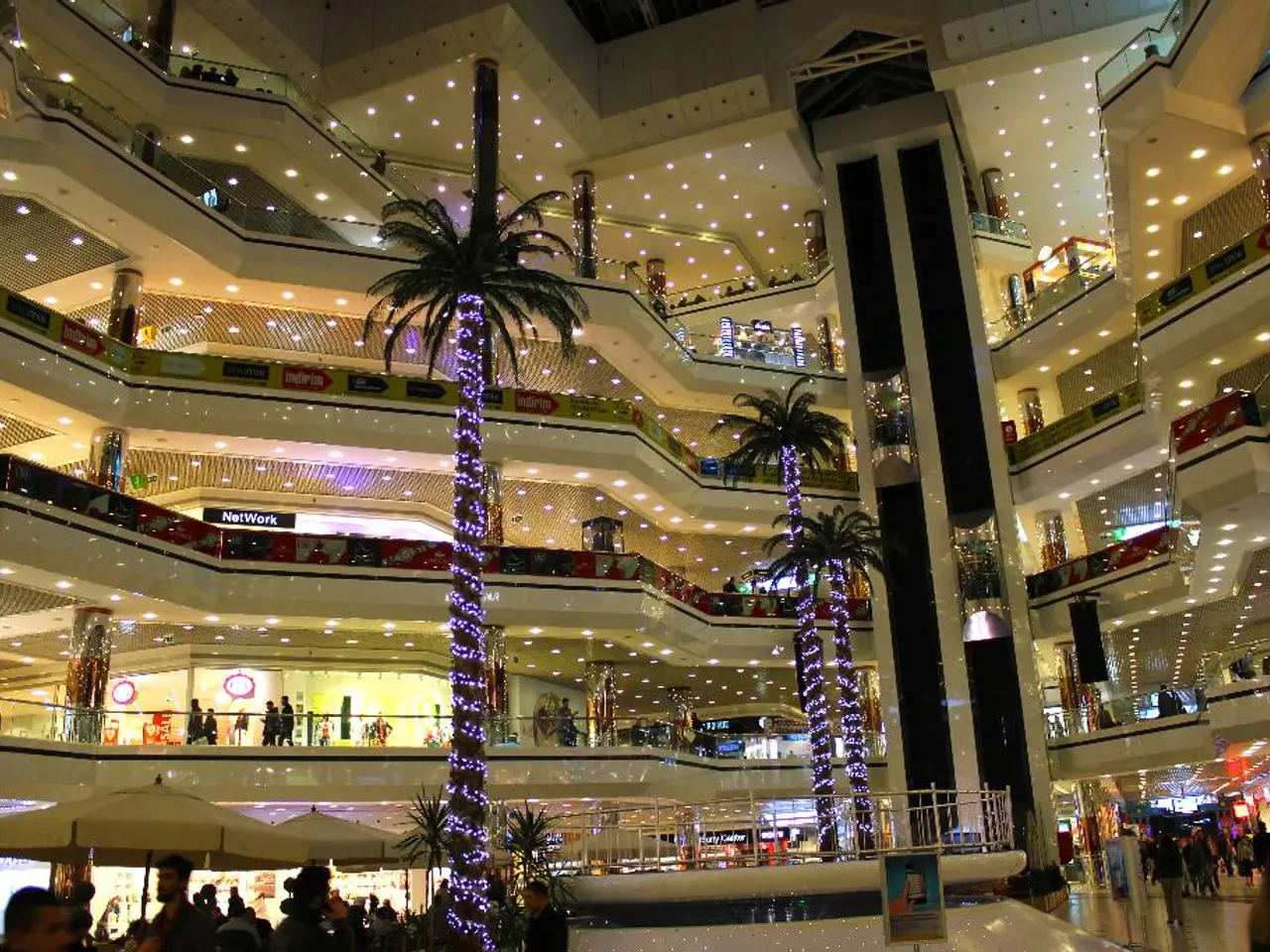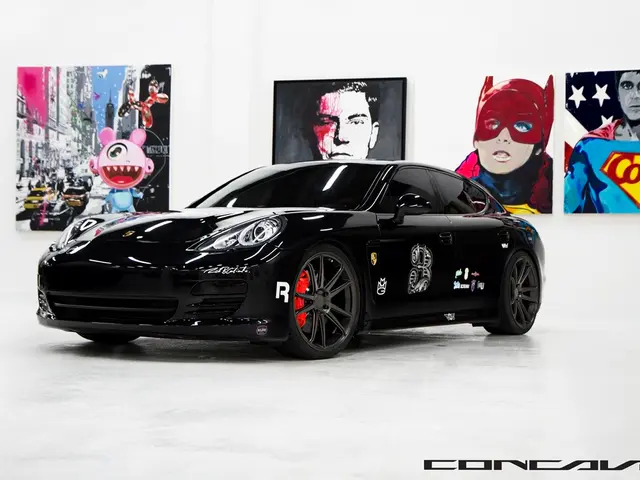Strategies for Optimizing Retail Design in Dubai
In the bustling city of Dubai, creating a welcoming and accessible retail environment is key to attracting and retaining customers. Here are some essential factors to consider when designing a store in the city.
Clarity matters most in signage, with simple fonts, consistent colours, and easy-to-read sizes allowing customers to absorb information quickly. Bilingual signage (English and Arabic) is essential in Dubai to ensure that every shopper feels included and informed. However, it's important to note that signage in Dubai stores has specific rules, and some illuminated logos, exterior boards, or directional signs may require special permits.
The entrance of a store should be uncluttered, clean, and well-lit to help shoppers orient themselves quickly. Accessibility should be part of the first impression, with wide doors, smooth flooring, and easy paths into the store. Emergency exits must remain clear at all times for smooth evacuation.
The main aisle in a store should be wide enough to handle peak foot traffic while allowing customers to stop without blocking others. Narrow, winding lines often create discomfort, while wider lanes with clear boundaries help customers wait with ease. Secondary aisles should branch off from the main pathway, guiding customers toward specific categories, with clear visibility of what lies ahead.
Designing a store in Dubai requires securing approvals from Dubai Municipality, Dubai Civil Defence, and the landlord or mall management before any fit-out work begins. Dubai regulations require barrier-free pathways, ramps where needed, and adequate space for wheelchair users.
The temperature in a store should be maintained to encourage people to linger rather than rush, considering Dubai's hot climate. Soft background music can relax shoppers, while upbeat tunes can energize and increase browsing time, but the volume should be set at a level where conversation still feels easy. Accent lights in a store can highlight focal points such as feature walls, promotional displays, or premium products.
Offering flexible checkout solutions, such as mobile point-of-sale systems and click-and-collect options, is becoming essential in busy retail environments. Checkout counters should be visible and easy to find but never placed directly at the entrance where they block the natural flow of movement.
In recent years, specialised store design and construction companies have increasingly focused on accessibility and a pleasant customer experience in Dubai. For instance, Kerakoll, with the acquisition of PAC Technologies, has integrated local expertise in building and design that is used for high-quality projects, including barrier-free solutions. The importance of special shopping experiences and, indirectly, barrier-free design in retail is also highlighted at industry events like EuroShop Middle East.
A strong first impression in a store can be achieved by placing bestsellers or seasonal displays at the front and using appropriate lighting. Overall, creating a welcoming and accessible retail environment in Dubai involves careful consideration of various factors, from signage and temperature to layout and design approvals, to ensure a positive shopping experience for all customers.
Read also:
- Long-Term Prescription Drug Impact on Brain Function
- Benefits, sources, and supplements for Vitamin D and its role in addressing osteoporosis
- Diabetes Management during Pregnancy: Keeping Tabs on Blood Sugar Levels and Lifestyle Adjustments
- Life Expectancy with Interstitial Cystitis: Exploration of Research, Treatment Methods, and Additional Information




